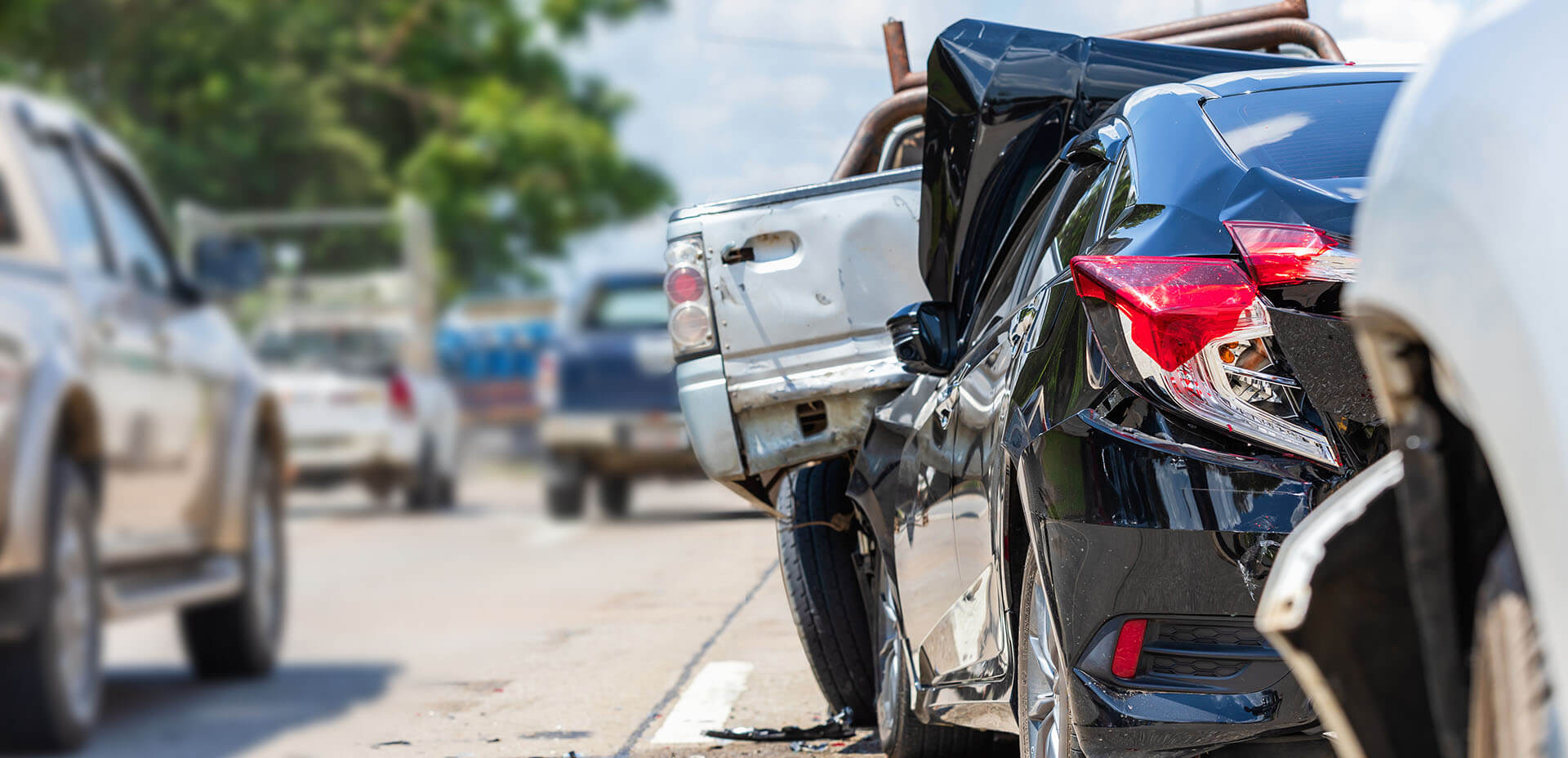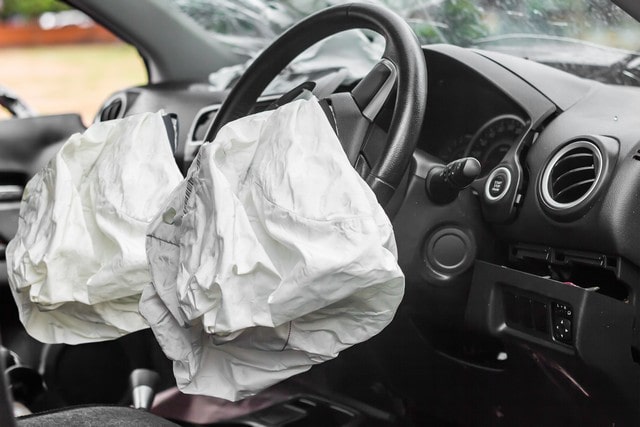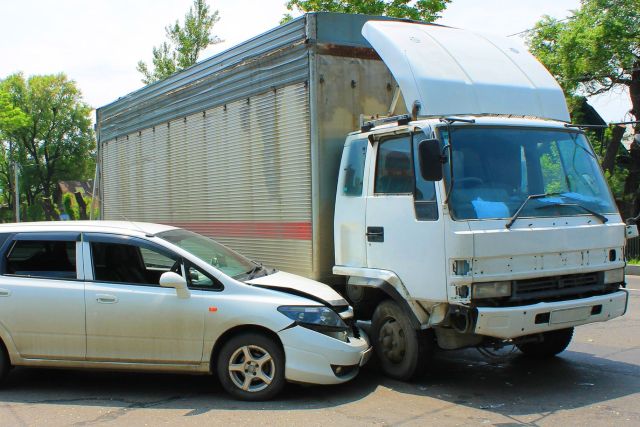
Vermont Car Accident Lawyers






Why You Need Vermont Car Accident Attorneys
One moment you’re driving home. Next, your life is turned upside down. The shock of impact. The confusion at the scene. Then come the medical bills, the calls from insurance adjusters, and the fear of how you’ll provide for your family while you can’t work. A car accident doesn’t just injure your body; it threatens your financial security, your independence, and your peace of mind. You shouldn’t have to face this alone.
If you’ve been injured in a crash, a Vermont car accident lawyer at Sabbeth Law can help you pursue full compensation while you focus on recovery. Vermont follows a fault-based system, meaning the at-fault driver’s insurance pays for your damages—but insurers often minimize payouts or dispute liability.
Our team handles car accident cases throughout Vermont, including Burlington and Rutland. We gather evidence, negotiate with insurance companies, and prepare every case for trial if necessary. You pay nothing unless we recover compensation on your behalf.
What to Do After a Car Accident in Vermont
Taking the proper steps immediately after a crash protects both your health and your legal rights.
- Check for injuries and call 911. Remain calm, assess yourself and passengers, and request emergency services if anyone is hurt.
- Seek medical attention. Many injuries like whiplash and concussions don’t show symptoms immediately. Medical records also document your injuries for your claim.
- Report the crash to the police. Vermont law requires a police report if the crash causes injury, death, or more than $3,000 in property damage.
- Document the scene. Take photos of vehicle damage, license plates, road conditions, and gather witness contact information.
- Contact a Vermont car accident lawyer before speaking with insurers. Insurance adjusters aim to minimize payouts. An attorney protects your interests from the start.

How Vermont Car Accident Laws Work
Vermont uses a fault-based system for car accidents. The driver who caused the crash or their insurance company pays for the damages. You can file a third-party claim directly against the at-fault driver’s insurance without going through your own policy first.
Modified Comparative Negligence in Vermont
Under 12 V.S.A. Section 1036, Vermont follows modified comparative negligence. You can recover compensation if you’re less than 51% at fault, but your percentage of fault reduces your award. For example, if you’re 20% responsible and your damages total $100,000, you’d receive $80,000.
Contact UsCompensation Available After a Vermont Car Accident
Vermont law allows injured victims to recover both economic and non-economic damages.
Vermont law allows injured victims to recover both economic and non-economic damages.
- Medical expenses: Emergency care, hospitalization, surgery, rehabilitation, prescriptions, and future treatment costs
- Lost wages: Income lost during recovery and diminished future earning capacity
- Property damage: Vehicle repair or replacement and damaged personal property
- Pain and suffering: Physical discomfort, emotional trauma, anxiety, and reduced quality of life
- Permanent injury or disability: Long-term impairment, disfigurement, or loss of function
Who Pays for Medical Bills and Lost Wages?
Several insurance coverages may apply to your Vermont car accident claim.
Medical Payments Coverage (MedPay)
Most Vermont auto policies include MedPay, which covers your medical expenses regardless of who is at fault. This coverage pays for doctor visits, hospital bills, prescriptions, and emergency transport—providing immediate relief while your claim is pending.
Uninsured and Underinsured Motorist Coverage
Vermont requires drivers to carry UM/UIM coverage. If the at-fault driver has no insurance or insufficient coverage, your own policy can cover medical treatment, lost wages, and pain and suffering up to your policy limits.

Vermont Car Accident Statute of Limitations
Under 12 V.S.A. Section 512, you have three years from the accident date to file a personal injury lawsuit. Wrongful death claims must be filed within two years of the date of death. Missing these deadlines typically means losing your right to compensation.
Claims Against Government Vehicles
Crashes involving state, county, or municipal vehicles are subject to different rules. You must file a written notice with the responsible agency before pursuing a lawsuit. Vermont caps state liability at $500,000 per person and $2,000,000 per accident.
How to Prove Fault and Strengthen Your Claim
Insurance companies require documented proof before paying claims. Strong evidence makes the difference between a fair settlement and an inadequate offer.
• Police reports documenting fault or traffic violations
• Photos of vehicle damage, skid marks, and road conditions
• Witness statements supporting your account
• Medical records linking injuries to the accident
• Expert accident reconstruction analysis when liability is disputed
Contact UsHow Sabbeth Law Handles Your Car Accident Case
At Sabbeth Law, we provide comprehensive representation from initial consultation through settlement or trial.
• Investigating the accident and gathering evidence
• Reviewing insurance policies to identify all available coverage
• Negotiating with insurance companies on your behalf
• Calculating the full value of your claim including future damages
• Preparing your case for trial if a fair settlement isn’t offered
Contact Sabbeth Law Today
Don’t wait to get legal help after a car accident. Contact Sabbeth Law for a free consultation. We handle cases throughout Vermont on a contingency fee basis—you pay nothing unless we win your case.
Frequently Asked Questions
How much does a Vermont car accident lawyer cost?
Sabbeth Law works on a contingency fee basis. You pay no upfront costs or hourly fees. We only get paid if we recover compensation for you, taking a percentage of your settlement or verdict.
How long do I have to file a car accident claim in Vermont?
You have three years from the accident date for most personal injury claims and two years for wrongful death claims. However, acting quickly preserves evidence and witness memories.
Can I recover compensation if I was partially at fault?
Yes, Vermont’s comparative negligence law allows recovery if you’re less than 51% at fault. Your compensation is reduced proportionally by your percentage of fault.
What if the other driver doesn’t have insurance?
Your uninsured motorist (UM) coverage can pay for your damages. Vermont requires this coverage, so you likely have protection even when the at-fault driver is uninsured.
When should I contact a Vermont car accident lawyer?
Contact an attorney before speaking with insurance adjusters or accepting any settlement. Early legal guidance protects your rights, preserves evidence, and helps you avoid costly mistakes.
Practice Areas
Client Testimonials
LUKE PARMENTER“Immediately after my son’s injury at work, he was treated poorly. Over the course of the next few days it became even worse, so I called Mike and he and Crystal have been absolute lifesavers during the process. Mike is not your typical stuffed suit lawyer who only cares about the bottom line he genuinely cares about his clients and his assistant Crystal is beyond amazing! My thanks to you both!”
Client Testimonials
“Immediately after my son’s injury at work, he was treated poorly. Over the course of the next few days it became even worse, so I called Mike and he and Crystal have been absolute lifesavers during the process. Mike is not your typical stuffed suit lawyer who only cares about the bottom line he genuinely cares about his clients and his assistant Crystal is beyond amazing! My thanks to you both!”
LUKE PARMENTER
“I could never ask for a better attorney, to fight for me, to believe in me, and have faith in me, than what I found in Mike Sabbeth, He doesn’t treat you like a client, he treats you as if you are one of his own family members, He will fight for you, with all he has, and is ALWAYS up front and honest with you about everything!”
SANDRA DRUGE
